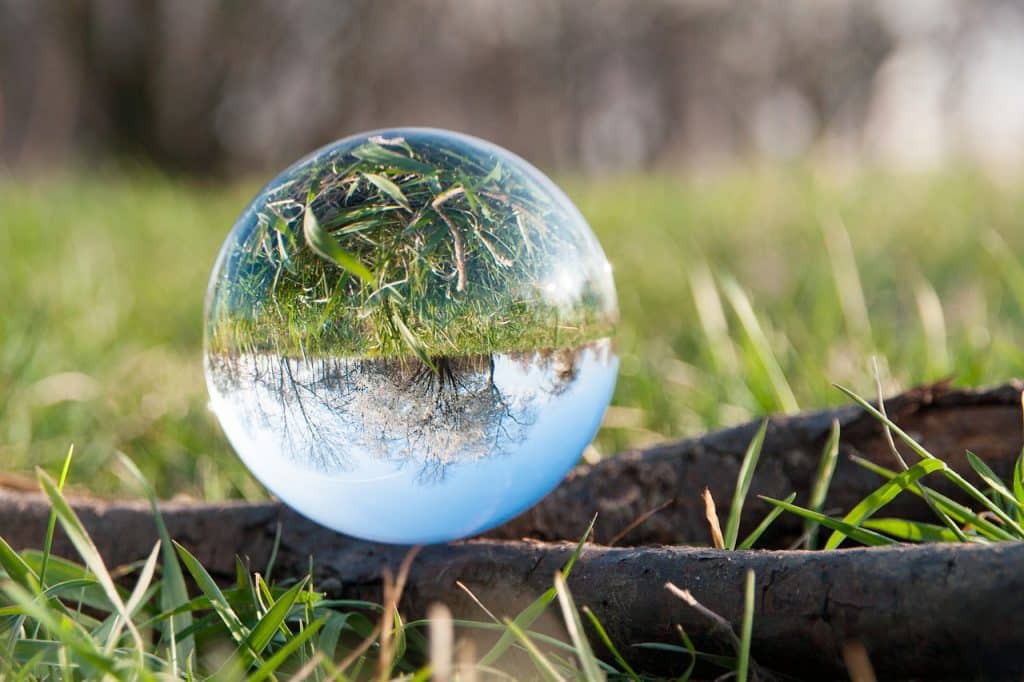Lensball photography has become popular among photographers looking for new ways to express themselves through their images. They are lightweight, portable, and can be used on a variety of surfaces!
This article will go over everything you need to know about Lensball photography, including tips, tricks, brands, communities, and fun photo techniques.
What is a Lensball and How does it Work?
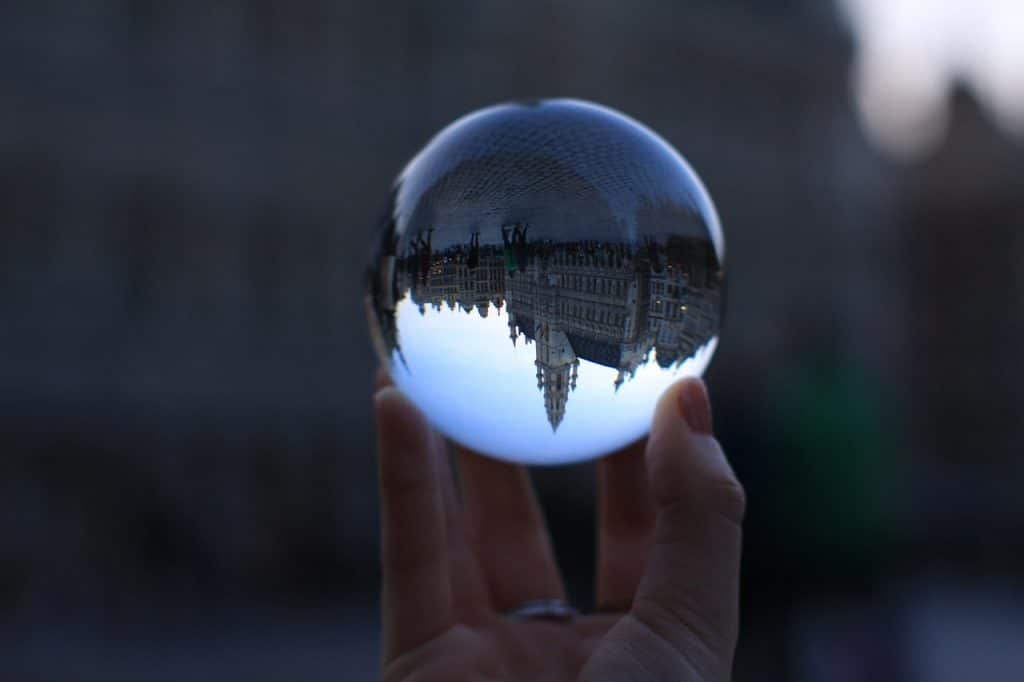
A Lensball is essentially a glass sphere or crystal ball that photographers shoot through to achieve the look of a fisheye lens at a fraction of the cost. When you shoot through the glass ball, you create a natural frame for your subject.
However, keep in mind that the scene will be an upside-down image within the ball. The light passing through the ball is bent by a process known as refraction. Because the Lensball has a denser mass than air, the result is a miniature version of your scene within the ball.
How does Refraction Photography Work?
Refraction occurs when light passes through a denser mass object, bending the light as it passes through. This is why Lensballs and crystal balls are so effective at refraction. They are made of high-quality glass, which allows light to pass through while keeping your image sharp and in focus.
You may not realize it, but you are a refraction photographer. Simply remove the front and rear lens caps to demonstrate this. When you look through your lens, you will notice that the image is upside down and projected through the concave glass, similar to crystal ball photography.
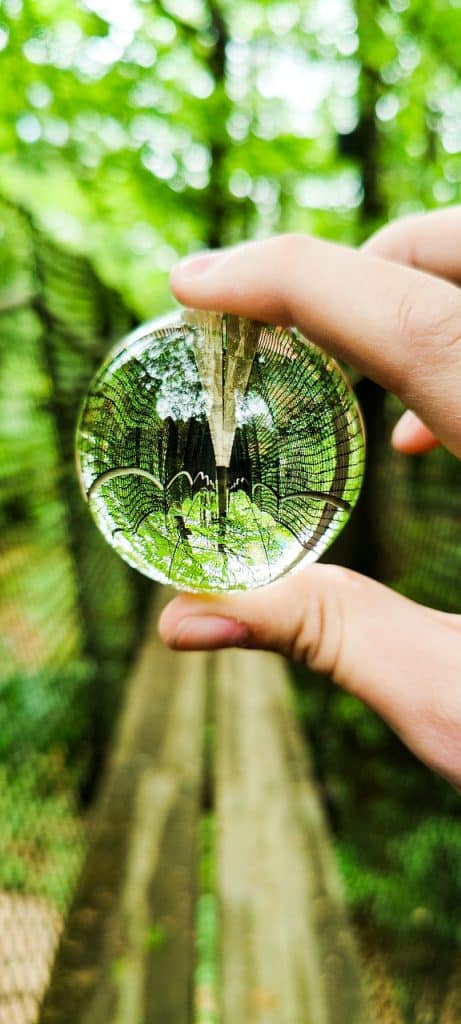
Crystal Ball Photography vs Lensball Photography
So, what exactly is the distinction between a crystal ball and a Lensball? To be honest, not much. The term “lensball” was coined to describe crystal ball photography.
A brilliant individual rebranded a crystal ball for photographers, and the rest is history. You can purchase either and capture these kinds of shots and scenes. Lens balls and crystal balls are simply less expensive versions of wide angle and fisheye lenses in the world of camera lenses. Lensball prices range from $20 to $100, whereas camera lenses can cost thousands of dollars.
How do you Use a Lensball and What is Lensball Photography?
As previously stated, Lensball photography is simply shooting through a glass ball to magnify and frame your scene in a unique way rather than using your standard camera lens.
Because they fit easily in your camera bag and are light in weight, they make the ideal photography accessory.
How do you Take a Picture with a Lensball?
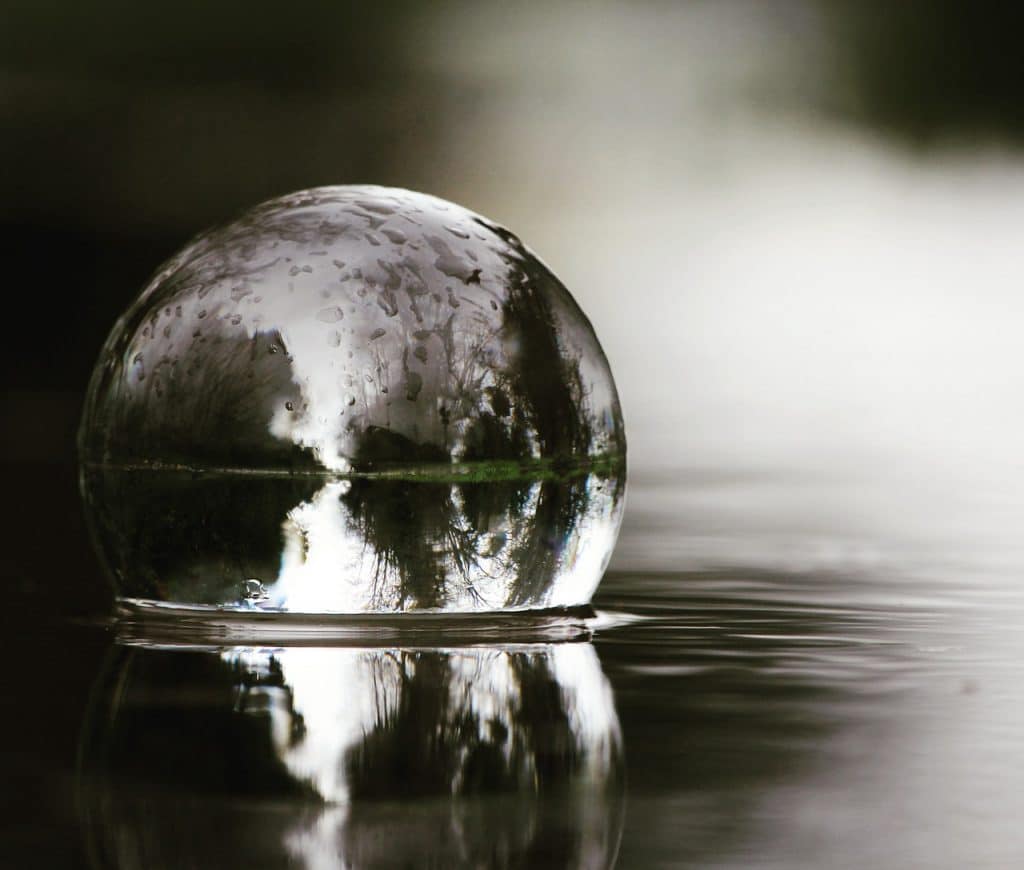
Consider a Lensball to be a magnifying glass for your photos. Place the ball on a flat, even surface, or have yourself or a friend hold it in front of your camera lens. There are numerous photography techniques that can be used here, but the most important thing to remember is to keep your horizon line as straight as possible.
The results will vary depending on the size of your Lensball and how far you are from the scene, but you should aim your camera at the center of the ball. Remember that your image will be upside down inside the ball, but this can be corrected later in editing software or with the techniques described below.
Note: If you want to make some adjustments to the photo just let me know. I can do it for you at a very low cost. You can hire me to edit your photo.
If you don’t like the upside-down look of the image inside the Lensball, use more bokeh to hide it in the photos. Another option is to only photograph the reflection because the reflected image will be right-side up.
Also, make certain that your scene fills the Lensball. Check with a wide-angle lens to see if it fills the glass; if it does, you’re good. Furthermore, use a macro lens or a telephoto lens with macro capabilities for sharp, easy-to-focus images inside the ball. Begin with an aperture of around f/4. The Lensball should be the focal point, not the background. It is critical to use manual focus.
Please take your time! Remember that your ball is made of glass and can easily break. Before shooting, make sure it’s in a stable location; even a light breeze can easily knock the ball over, cracking or scratching your new investment.
What kinds of pictures can you take with a Lensball?
So, what are the advantages of Lensball over a wide-angle lens, you might ask? To begin with, you can move the ball to different surfaces and completely change your frame.
Another thing to consider is that you are giving your photos a more artistic feel, which is fun to experiment with if you are bored with your photography.
Lensball Photography Tips and Ideas
Place your Lensball in front of a flower bouquet or any natural element.
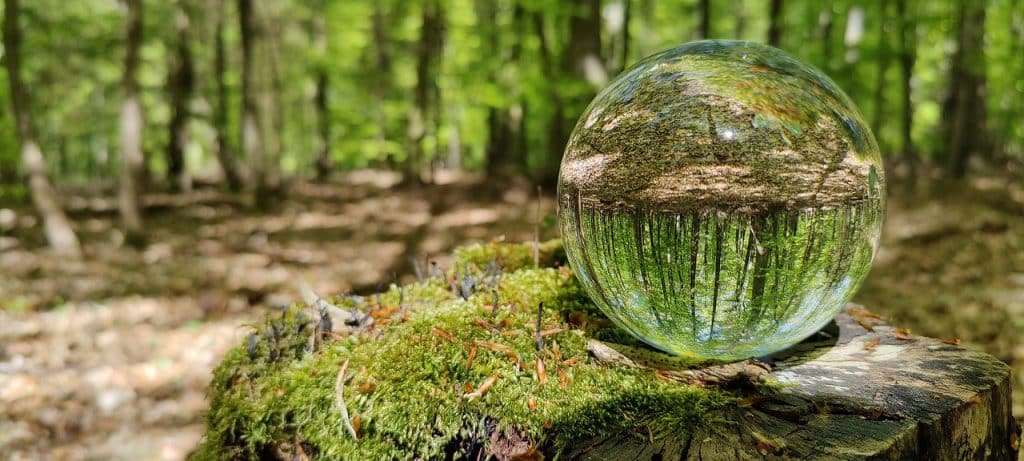
Bring your Lensball up close to your favorite local scenery. When working on a hilly surface, the best way to keep your Lensball in place is to place it in a crack in the street or hold it yourself for the photo.
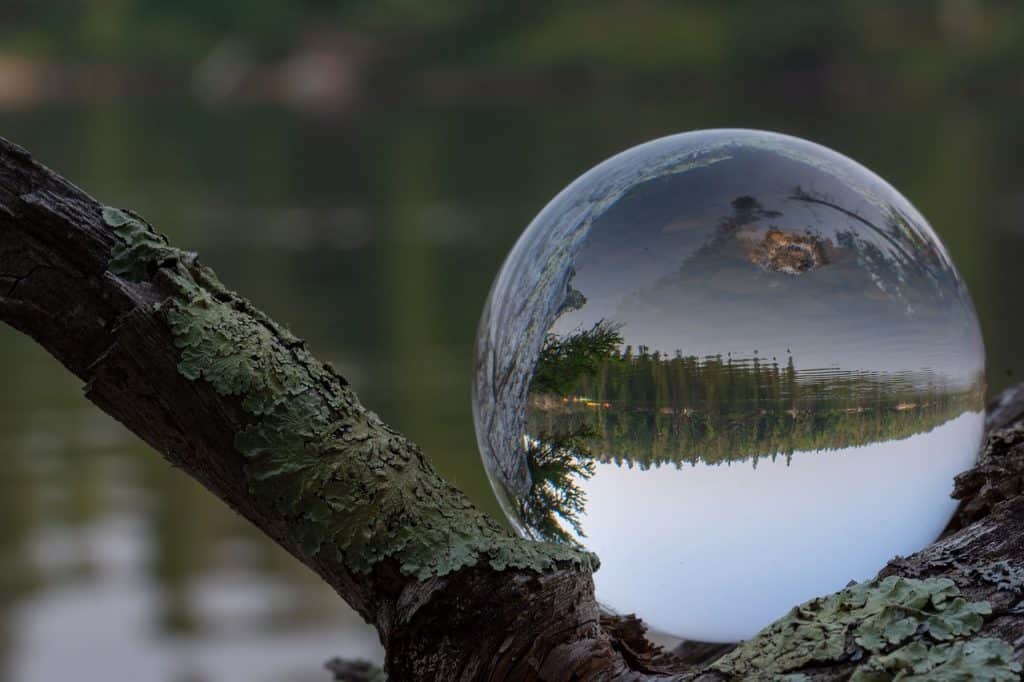
Place your Lensball near the water on the beach for a magical sunset photo.
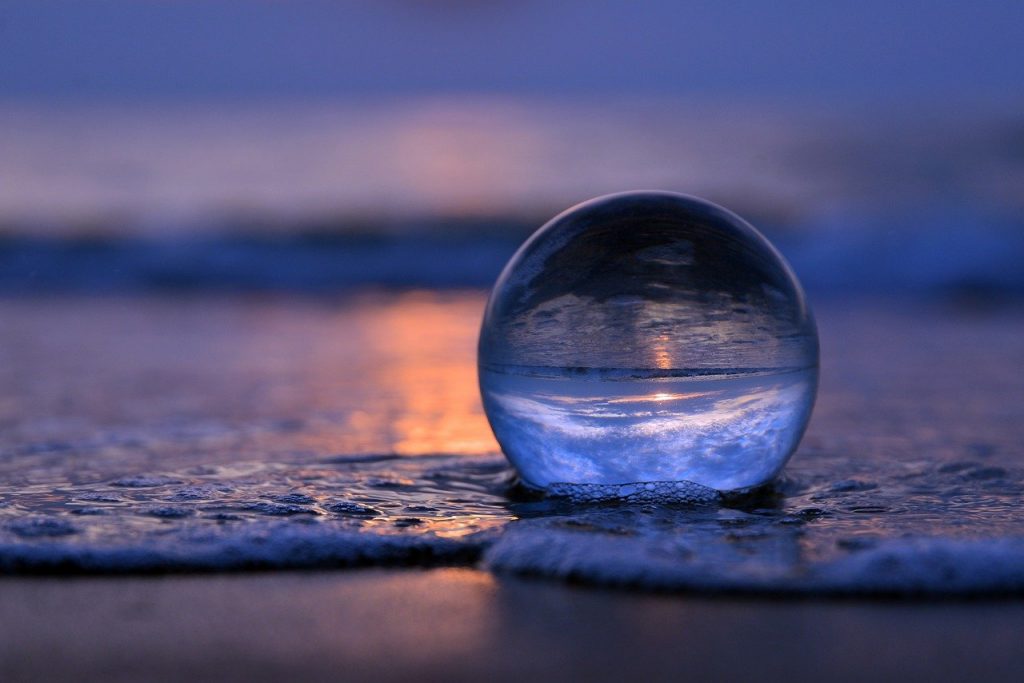
Capture a photograph of a famous landmark.
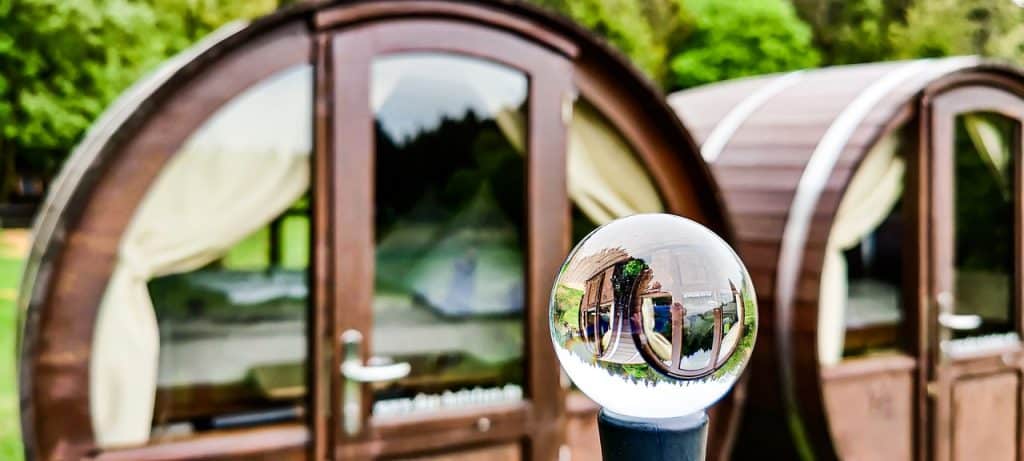
Experiment with texture and abstract photography.
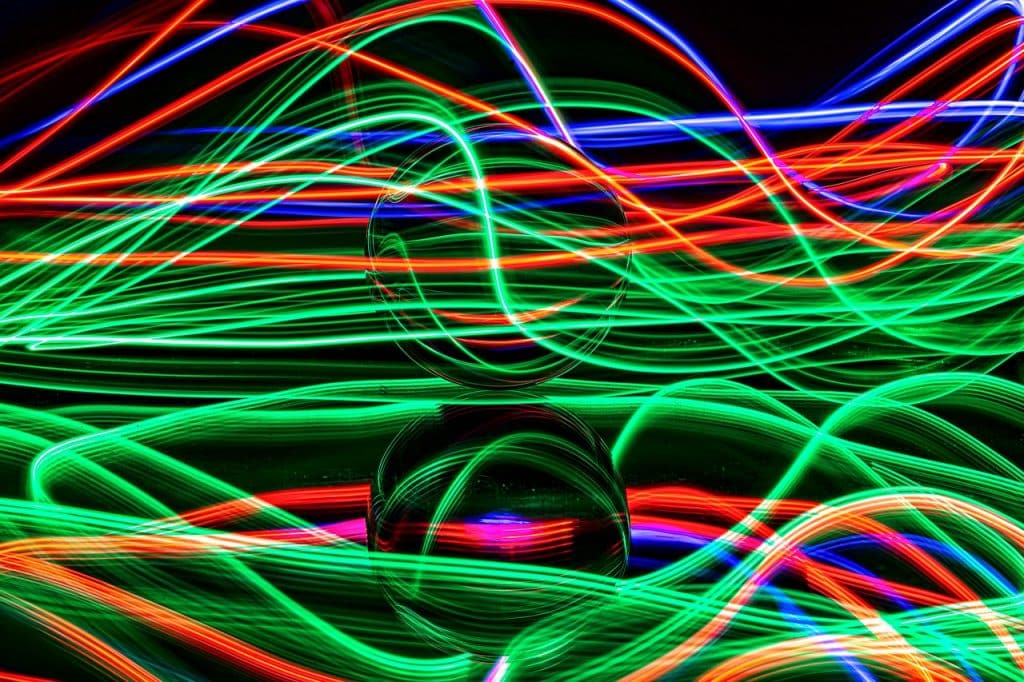
Lensball Products and Reviews
Which Lens Ball is the Best and Where to Purchase your Lensball?
When it comes to purchasing a crystal ball, there are many factors to consider, particularly size and quality. However, these were some of the best-rated balls we could find online.
Amazon: Offers a wide range of crystal balls with varying pricing and delivery options. If you want to compare brands and powerful reviews, this is the place to be. These are the top three choices.
MerryNine 2 Pack K9 Optical Crystal Photography Kits
MerryNine K9 Crystal Ball
Neewer 100mm/3.94inch Clear Crystal Ball Globe
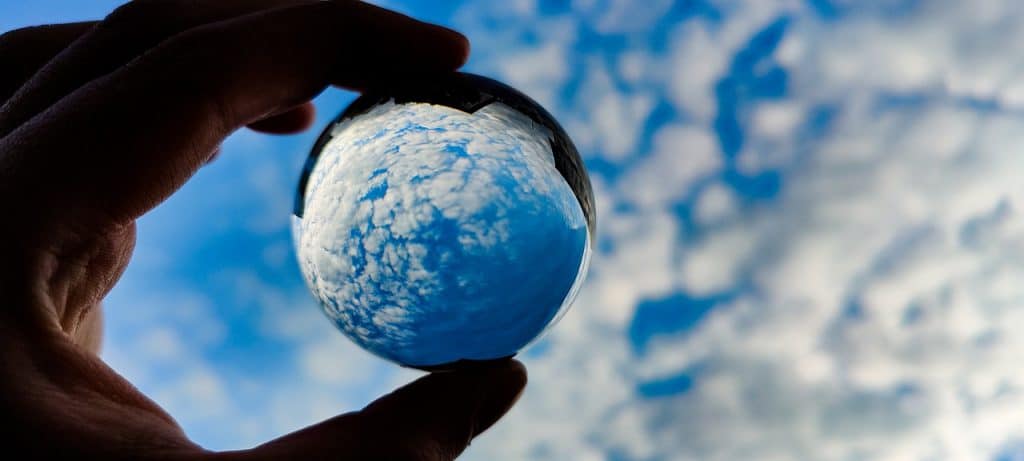
Lensball is a Dutch company that has been in operation since 2017. They are well-known for their high-quality polished glass, and prices start around $38. Because their entire company is devoted to the Lensball market, they also provide a plethora of fantastic accessories and courses.
Refractique: Provides a variety of photography tips and boasts some of the world’s best Lensballs. They provide flawless scratch-free, ultra-polished crystal balls designed in the United States. As a result, the shots are flawless. All of their balls come with a beginner’s guide to show you how to get the best images possible.
Which Size Lensball Should you Get?
When it comes to choosing a ball, sizes vary greatly; keep in mind that the size of the ball will change the weight in your camera bag as well. Most balls are available in two sizes: 60mm and 80mm. As a photographer, you must choose what works best for you, but we found that the 80mm size was ideal because it was large enough to frame the scene well while not being too heavy.
You can find balls ranging in size from 100mm to 120mm, which is ideal for composition if you want your ball to take center stage. However, keep in mind that the smaller the ball size, the more distorted your photo will be. As a result, an 80mm size is a good starting point for image quality and a lighter ball.
The 60mm size is commonly referred to as a Lensball pocket, while the 80mm size is referred to as a Lensball pro. The 80mm will provide you with the most versatility, whereas the 60mm is better for travel and creating a tighter frame.
Accessories
- Tripod Mount– A tripod mount is a simple purchase for your ball to maintain an even horizon line in your photo.
- Microfiber Cloth– Glass, like your camera or phone, gets dirty. Avoid smudges and scratches by cleaning your ball with a microfiber cloth to maintain maximum image quality.
- Use a Sock– If your ball did not come with a protective box or cover, a sock will suffice to protect it for future photographs.
- Battery Operated Holiday Lights– If you’re shooting after the sun goes down, a string of brightly coloured lights can add fun bokeh effects.
Safety Considerations
Fire- Because a Lensball act as a magnifying glass, placing it in the sun will magnify that light source, potentially causing a fire in your home. This has happened to people and should be taken into account. Keep the ball in its original box at home. This is less of an issue for images taken outside, but it can hurt your eyes if the sun is behind it and in your face.
Cracking- Keep in mind that whatever ball you choose to buy is made of glass and thus breakable. So try to keep it in the box to keep it safe in your camera bag.
Conclusion
So, do you think it’s worthwhile to spend the extra money? We believe that the benefits outweigh the drawbacks! Lensballs are creative, low-cost conversation starters that have taken over Instagram. Furthermore, they are an excellent tool for smartphone users.
If you really want to be inspired, join one of the many online ball owner communities. You can share your favorite images with your peers, as well as exchange a shot list or create an image challenge. The ultimate goal is creative photography.
Whether you’re a beginner or a seasoned photographer, this is a new and exciting type of photography you should try out today.
Note: If you want to make some adjustments to the photo just let me know. I can do it for you at a very low cost. You can hire me to edit your photo.
lATEST POST
- What is Midjourney
 Discover the capabilities of Midjourney AI, learn how to effectively utilize the platform, and explore the advantages and disadvantages of the Midjourney AI image generator across its different pricing options.
Discover the capabilities of Midjourney AI, learn how to effectively utilize the platform, and explore the advantages and disadvantages of the Midjourney AI image generator across its different pricing options. - Brand identity elements
 In the vast marketing universe, imagery is pivotal in establishing and nurturing a brand’s identity. A brand’s visual choices are not merely aesthetic decisions but strategic moves that can significantly influence perception and performance. This Picfixs article explores the intricacies of selecting imagery that complements and enhances a brand’s essence, ensuring it resonates with the… Read more: Brand identity elements
In the vast marketing universe, imagery is pivotal in establishing and nurturing a brand’s identity. A brand’s visual choices are not merely aesthetic decisions but strategic moves that can significantly influence perception and performance. This Picfixs article explores the intricacies of selecting imagery that complements and enhances a brand’s essence, ensuring it resonates with the… Read more: Brand identity elements - 100 Best Mountain Captions and Mountain Quotes for Instagram
 Ready to scale new social media heights? Look no further than this treasure trove of 100 exhilarating captions and quotes, handpicked for your Instagram mountain posts!
Ready to scale new social media heights? Look no further than this treasure trove of 100 exhilarating captions and quotes, handpicked for your Instagram mountain posts! - Symmetry in Photography: A Creative Approach with Examples
 Delve into the enchanting realm of symmetry in photography as we showcase mesmerizing examples on our website. Experience the allure of perfectly mirrored images!
Delve into the enchanting realm of symmetry in photography as we showcase mesmerizing examples on our website. Experience the allure of perfectly mirrored images! - 11 Quarantine Photoshoot Ideas to Try at Home for Amazing Photos
 Looking for unique photoshoot ideas during quarantine? Explore the 11 creative suggestions that will help you capture unforgettable moments at home.
Looking for unique photoshoot ideas during quarantine? Explore the 11 creative suggestions that will help you capture unforgettable moments at home.
`


